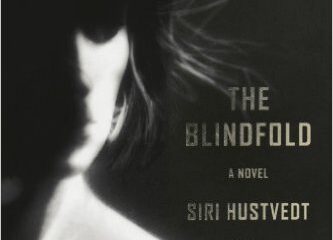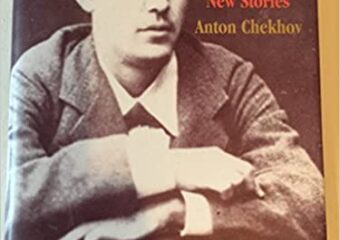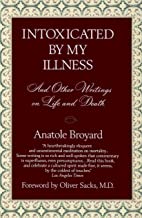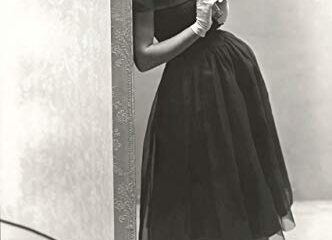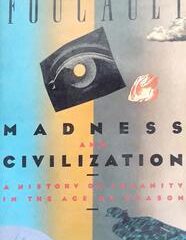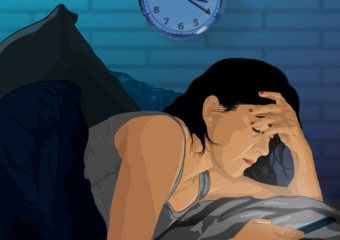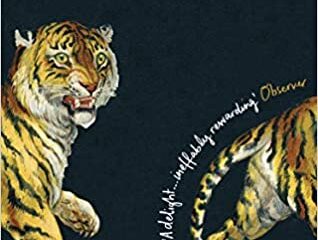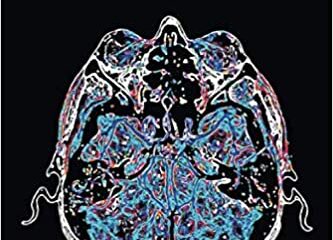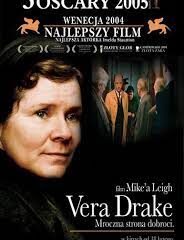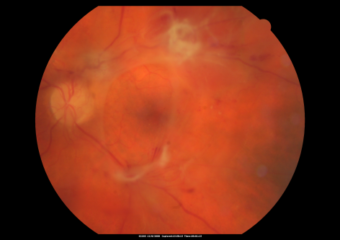The Blindfold
According to the art: The book comprises four sections that can work together or independently of one another, but across all of them are scenes in which the main character experiences migraine headaches that provide perspectives on the physical suffering they can cause, the nature of relationships migraineurs can have with health care providers, and some of the social implications associated with chronic migraine headaches.
